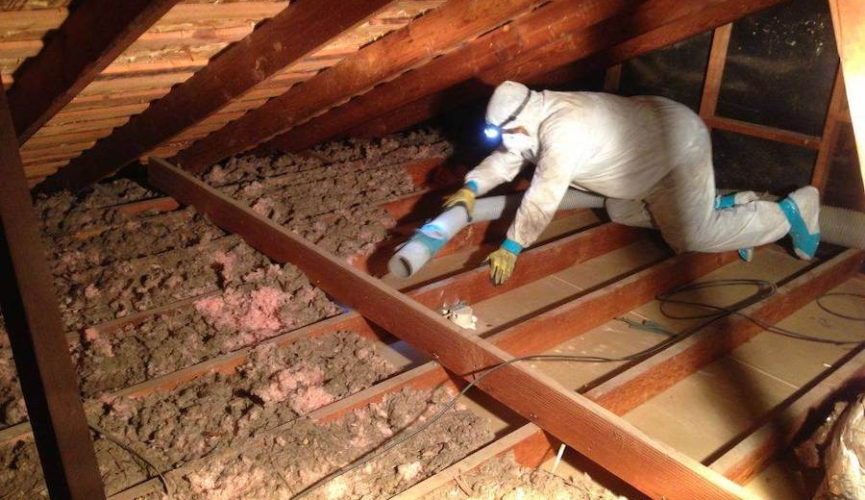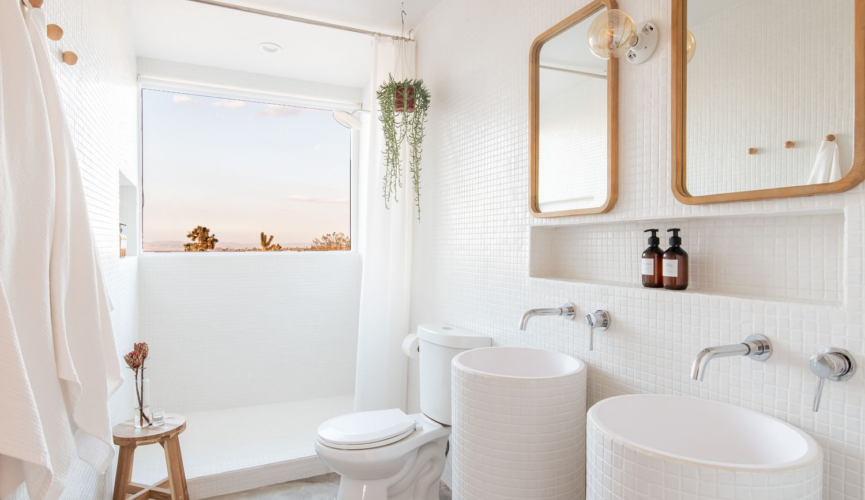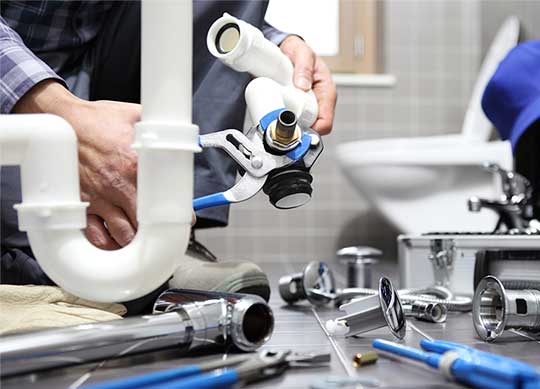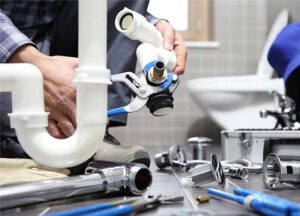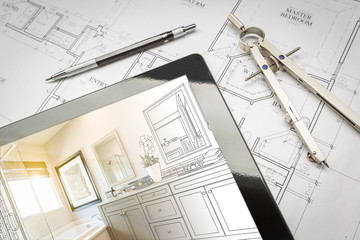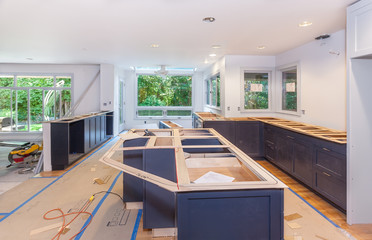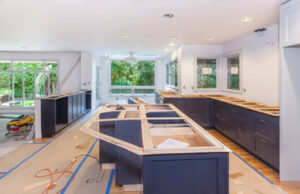Old insulation can be home to a lot of harmful allergens and contaminants. These are not just a nuisance, but can impact your indoor air quality and cause health issues. For more information, click the Perth Insulation Remover to proceed.
The preferred method of insulation removal is machine removal using a vacuum process. This can save you money, time, and hassle.
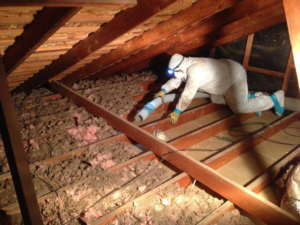
The insulation of a home or business often contains hazardous materials that can pose health and safety risks when they’re disturbed. The safe removal of these materials requires a thorough risk assessment, training, and personal protective equipment to avoid dangerous overexposures. It’s also important to know which types of insulation are most likely to contain these materials and to follow proper disposal procedures when they’re removed.
Whether it’s fiberglass batts or cellulose, asbestos, lead paint, polychlorinated biphenyls (PCB), chlorofluorocarbons or radioactive substances, it’s essential to understand the potential presence of these dangerous materials before starting a restoration project. These chemicals and compounds are dangerous when they’re inhaled, ingested or absorbed through the skin. Disturbing these materials can lead to contamination of the building, health, safety and environmental regulations violations and expensive remediation costs.
For instance, asbestos can release airborne particles that are harmful when inhaled, causing irritation and triggering respiratory conditions. PCB’s and CFC’s can disrupt the endocrine system, resulting in a variety of ailments. Lead paint may cause damage to the liver, kidneys, and central nervous system.
When it comes to removing blown-in insulation, the most efficient way is by using a high-powered vacuum that sucks the material out of the attic. These machines are usually gas-powered and have a long hose that allows them to reach all corners of the attic. They’re typically accompanied by trailers to facilitate transport and storage of the bagged insulation.
However, the use of these machines can result in the release of unhealthy particles throughout the entire house, especially if they’re used without a proper attic cleanup. For this reason, it’s highly recommended that homeowners hire professional contractors to take on these tasks.
If you’re going to tackle this project yourself, prepare by covering up all surfaces with plastic sheeting and taping off areas of the house. This will help prevent any unintentional disturbances of the hazardous materials that are present in attic insulation and keep them contained to a single room. For added protection, wear rubber-coated gloves, a mask or respirator and eye goggles or a full face mask with anti-fog coatings to keep yourself from inhaling the unhealthy particles.
Mold spores that are present in a home’s insulation can be a significant health risk to residents. People may develop respiratory symptoms or even a chronic illness due to inhaling these spores. The spores may also aggravate existing health issues such as asthma or chronic obstructive pulmonary disorder (COPD). Moldy insulation should be removed immediately to protect against these complications.
Fiberglass insulation is particularly vulnerable to mold growth. When exposed to excess moisture, the insulating material becomes damp and discolored. The mold spores can spread throughout the drywall and other materials within a wall cavity. Consequently, the structural integrity of the walls may be compromised as well. In the worst cases, the drywall can crack, rot and fall apart. A mold remediation company should thoroughly inspect and clean the affected insulation before removing it.
The presence of mold spores in an insulation material can often be detected by a musty odor. Alternatively, the material may become damp or swollen. In these circumstances, a professional can use a black light to detect the presence of mold in an attic or crawl space.
If the contaminated insulation is still intact, it should be washed with a bleach solution and allowed to dry in the sunlight before disposing of. Afterwards, it should be replaced with new, non-moldy insulation. In addition to reducing the chances of further moisture and mold, cleaning and replacing the insulation will improve a home’s energy efficiency.
Mold growth in an insulated wall can often be difficult to diagnose without opening up the drywall and peering into crawl spaces. However, the musty, earthy smell of mold can be quite distinctive and may point to its presence in a wall cavity.
When it comes to moisture and mold in a home’s insulation, the primary cause is excess humidity. Leaking roofs, plumbing problems, or poor ventilation can all contribute to high levels of moisture in the home’s batting and cellulose insulation.
Allergies can be exacerbated by dust, pet dander, mildew, and mold spores that collect within your home’s existing insulation material. This debris stays lodged inside of your walls and attic for years, allowing outside air to make its way into the house and carry these pollutants with it.
Over time, these contaminants start to build up and trigger allergy symptoms such as itchy eyes, sneezing, wheezing, or other respiratory issues for members of your family. Unfortunately, even a powerful vacuum or cleaning will not get rid of these harmful particles that have collected in the old insulation.
Traditional fiberglass and cellulose insulation contain allergens such as dust, pollen, pet dander, and mildew. These allergens are able to travel through the insulation material and into your living space, making your family sick.
These insulation materials also attract pests and animal waste and dander. Mice, rats, squirrels, raccoons, and other pests are known to nest in these materials, leaving behind their excrement and droppings. They may also eat the insulation, causing it to break down and create chemical byproducts that are inhaled, putting your family at risk of serious health issues.
Insulation containing glass fibers can also cause allergic reactions. These tiny bits of glass can irritate the skin and eyes when they come in contact with them, and can be inhaled to trigger asthma and other respiratory symptoms. Getting rid of old insulation and installing new blow-in cellulose will help you avoid these allergens. It’s important to choose an insulation company with experience in both removing and installing insulation to ensure the job is done properly. Our team is equipped with the tools and knowledge to keep your family healthy with fresh, clean insulation that will protect you from unwanted allergens for years to come.
Insulation that is soiled, moldy or deteriorating can be a structural risk to walls, ceilings and floors. Old insulation can become a home for pests which can chew through, harming your energy efficiency and creating health risks for you and your family. Moldy and contaminated insulation is a home for many allergens which can cause asthma and respiratory problems for those that live in your house. Keeping up with the removal of your insulation prevents damage, reduces health risks, and allows for new insulation to be installed to improve your property. Contact a professional to help with your insulation removal needs. They will ensure your insulation is disposed of properly and safely.
This is why having a professional handle your insulation removal is always recommended.
Insulation removal can be a dirty and hazardous job. The best approach is to hire professionals to do the work, especially in older homes with potentially dangerous asbestos insulation. The process involves a series of steps that must be followed to prevent contamination. Some of these include assessing structural damage, cleaning and prepping the space for new insulation, and addressing any issues that are revealed. This ensures a safe, clean and structurally sound home environment that is ready for the installation of new insulation.
Blown in cellulose insulation can be used to encapsulate the attic and reduce heat loss. It can also be blown into walls, crawl spaces and rim joists. It helps to improve air quality by reducing dust and moisture in the home, and it is an effective insulating material that increases energy efficiency. It is available in loose-fill, dense packed and wet sprayed forms.
The blown-in cellulose insulation can be recycled, which is a great feature to promote sustainable practices. It can be ground and reprocessed to produce new insulation products or baled for recycling into green construction. This contributes to the development of green jobs and helps reduce waste disposal in landfills. It is recommended that homeowners contact local recycling facilities to learn if they accept this type of insulation before conducting any removals.
